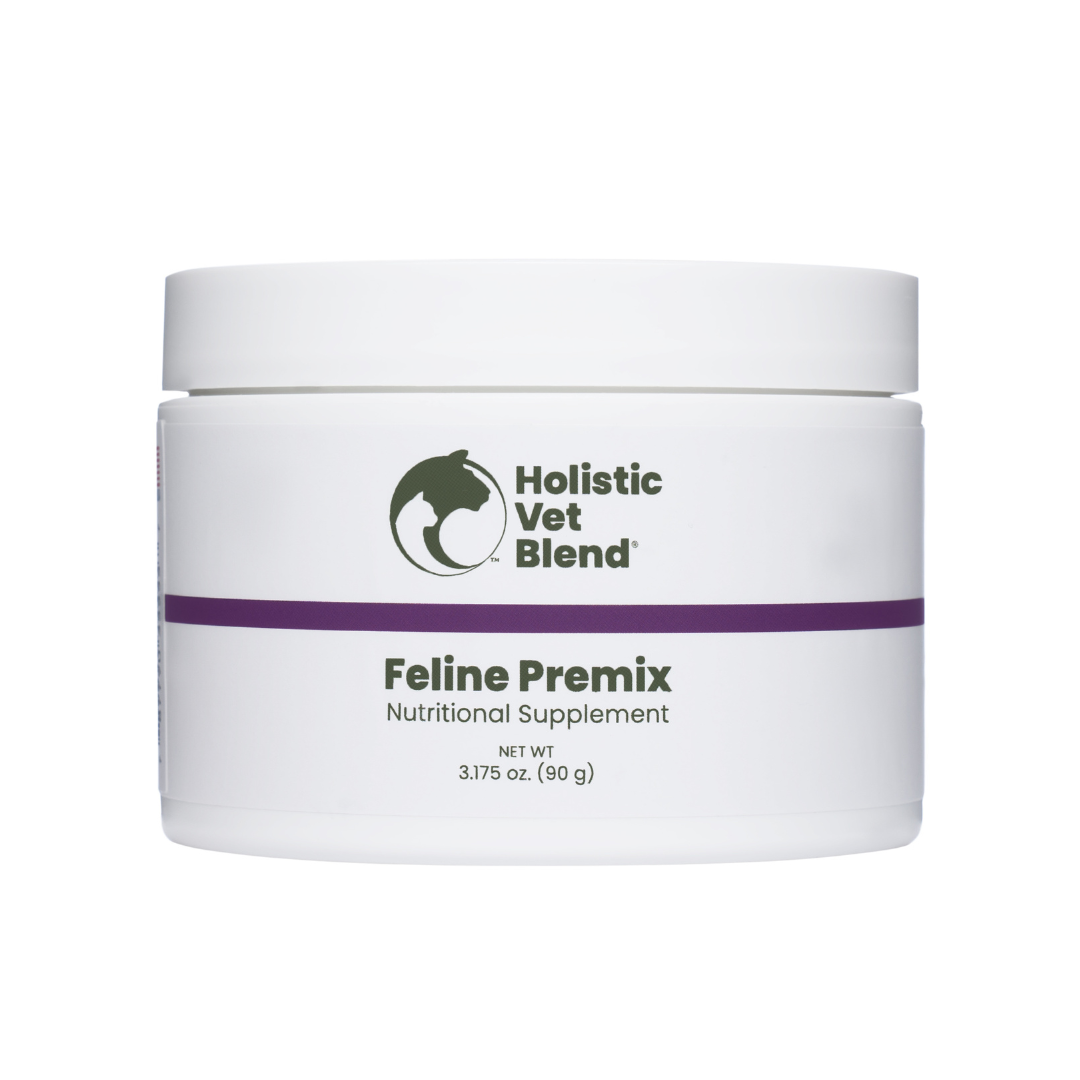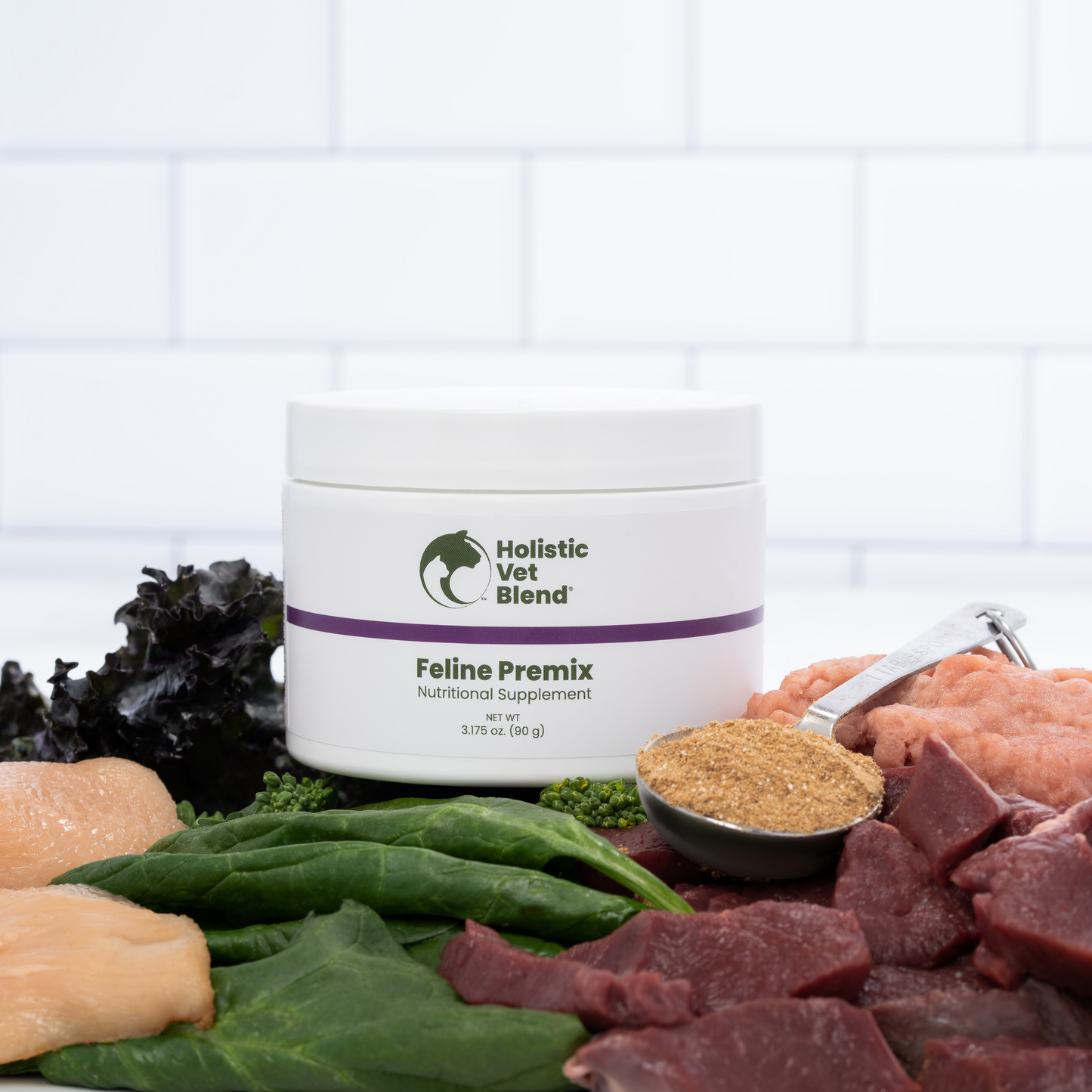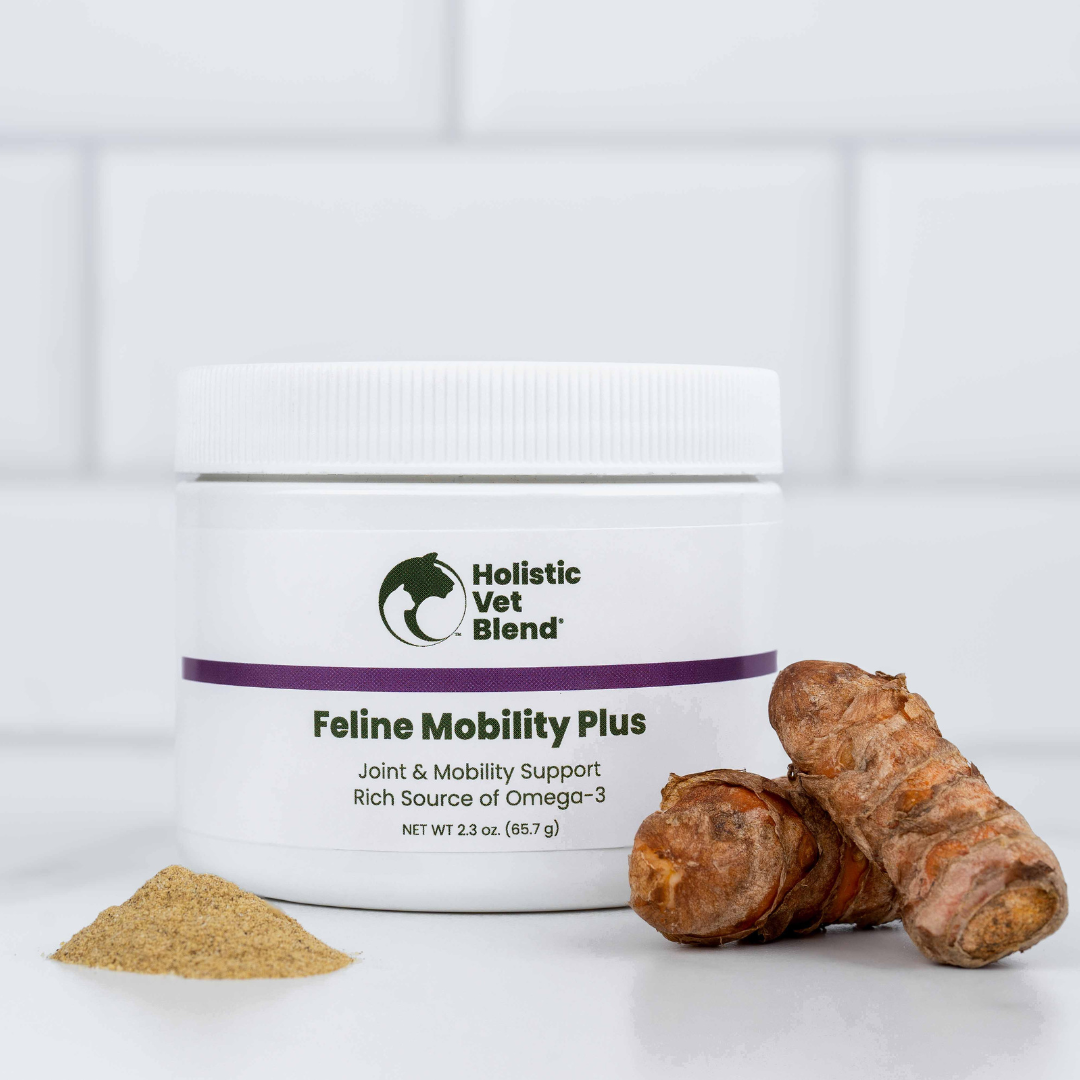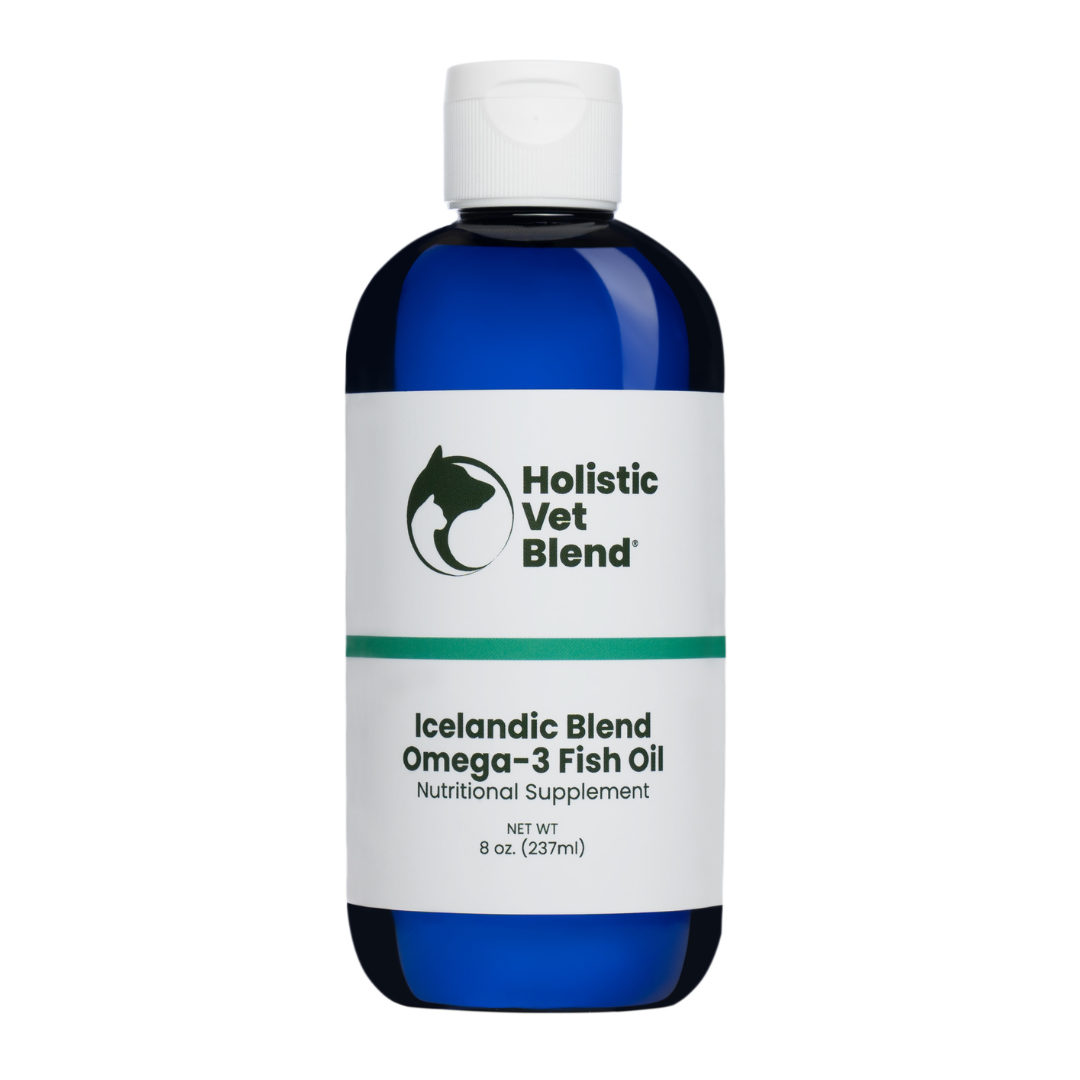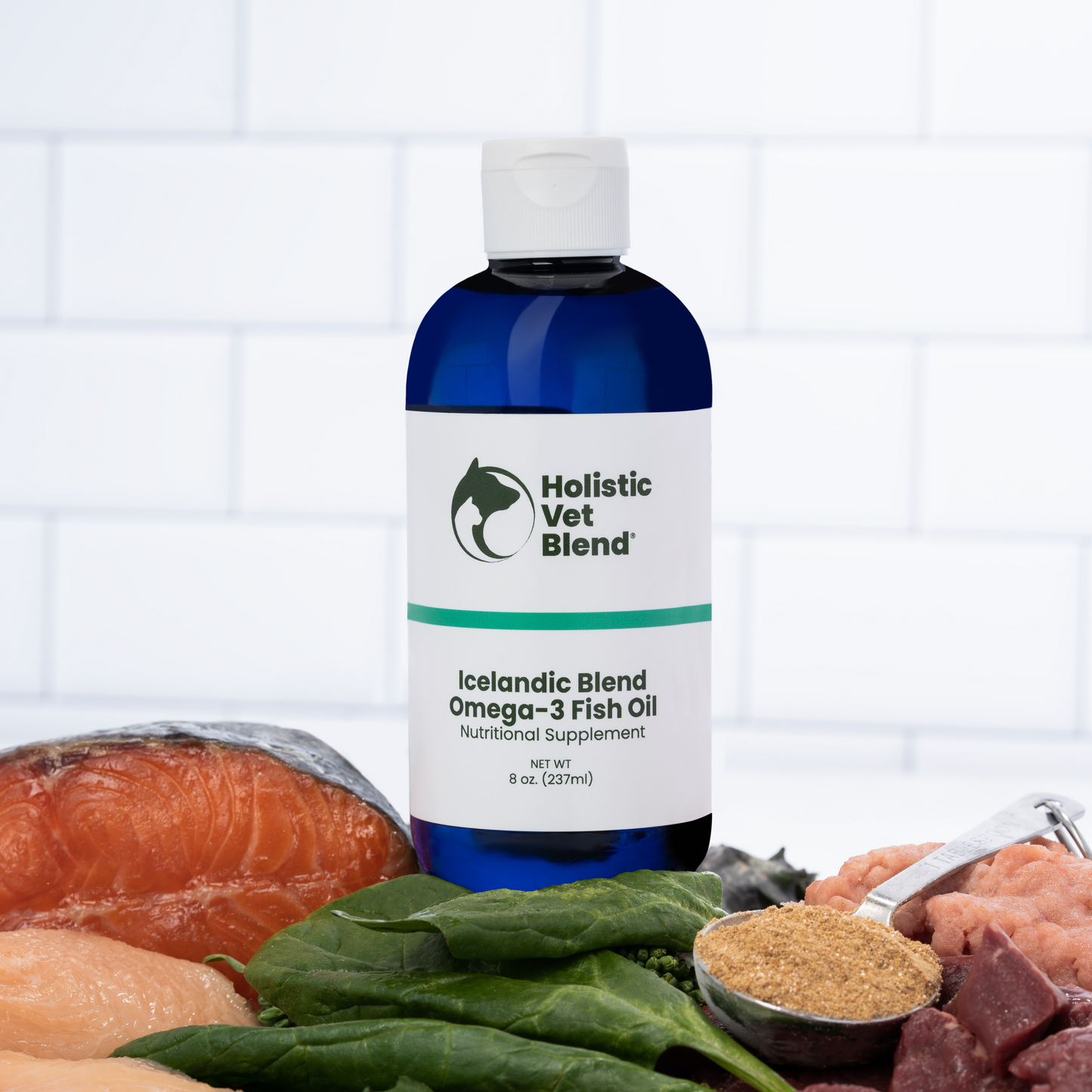
When you live in Southern California, the heat is always a factor, especially when doing outdoor activities with pets. One of my favorite activities to do with my dogs is go hiking. With so many amazing trails close by I wish my dogs and I could hike more, but in order for it to be enjoyable you have to plan ahead first. Here’s a quick guide on how to plan a successful hike for you and your dog.
Make A Plan
Check the hourly temperature forecast for the day and avoid the hours when the sun will be the most intense. Avoid hiking when the temperature is over 80°F, choosing instead early morning or evening walks. Take into consideration the heat index, which accounts for humidity as well. You should be able to place your hand on the trail for 3 to 5 seconds comfortably. Of course, precautions should be taken in the event of extreme cold to avoid hypothermia. If you are hiking in an unfamiliar area, it’s best to know where the nearest open urgent care or pet emergency room is located, especially if you are in an area where there are rattlesnakes.
Choose a trail that has opportunities to rest and cool off in the shade and stay on the trail so you can see hazards. Avoid trails that are overgrown to the point that you cannot see potential hazards such as snakes. You are less likely to pick up ticks this way.
Water
Bring plenty of water for both you and your dog in a portable or collapsible bowl. Remember to offer your dog water numerous times on your walk. It’s important to stay ahead of dehydration by being proactive and offering water.
Snacks
My dog loves pieces of apple and banana on the trail. Here are two recipes for trail bars that you and your furry hiking partner can share together!
Peanut Butter Bars
1 cup of Puffed Rice Cereal
½ cup chopped dates
½ cup chopped dried apples (or more to taste)
1 cup organic or natural crunchy peanut butter
Pinch of salt
Mix all ingredients in a bowl and pat into a wax paper lined loaf pan.
Refrigerate for a couple of hours and cut into bars. Re-wrap and store in the fridge for up to 5 days.
Petey’s Trail Bites
3 cups of Puffed Rice Cereal
1 cups of chopped dates
¼ cups of chopped up bacon bits (cooked and crispy)
3 Tbsp melted butter or sunflower oil
1 egg or egg substitute
Pinch of salts
Put all ingredients in a food processor until a thick paste forms. This should take about 3-4 minutes.
Form mixture into 1 inch balls or use a melon scooper. Place on a parchment lined baking sheet and bake for 12-14 minutes.
Let cool completely.
Your Dog’s Fitness Level
Your dog’s body type must be considered. If they are overweight it’s harder for them to keep cool and overexertion is more likely to occur. For brachycephalic or “short faced” dogs such as boxers, French and English Bulldogs staying cool can be particularly challenging. It’s best for these breeds to avoid strenuous trails. Older dogs as well as dogs with dark coats and thick undercoats will also have difficulty are also susceptible to overexertion. It’s better to err on the side of caution and take a shorter hike or work up to a hike gradually.
It’s important to note that dogs don’t sweat like humans. Instead they pant to thermoregulate. This pug’s tongue is fully extended and curled in the shape of a spade meaning that it has exhausted its cooling options. It’s time to cool this pup down with water on its pads, cool towels and a fan. Unfortunately, hiking with brachycephalic breeds should be carefully planned with considerations for temperatures and strenuous hiking should be avoided.
Pads must be accustomed to travel on surfaces. If your couch potato is not accustomed to trails you might consider taking some shorter hikes to see how they do first. Foot protection is an option but dogs are not keen on these and in hot weather can be problematic.

Biodegradable Poop Bags
Make sure your pet does their business at least 100 feet from water sources. Preferably carry the baggie out of the area or bury it in a biodegradable bag.
Leash
Your pup may be cute to you, but don’t assume everyone likes dogs. Keep your dog on a leash safe with you.
Tick Prevention
Ticks are often found in the brush. Keeping your dog on the trail will decrease the likelihood of picking up ticks. Use an essential oil spray like Wondercide cedar spray, which will repel, but not kill ticks. Ticks carry diseases that can cause chronic illnesses in your pet and bringing ticks home exposes you to these diseases as well. Ticks need to be attached for a period of time to transmit disease and it’s important to check your pet. Always remember to perform a tick check on you and your pet when you get home. Talk to your veterinarian about tick preventives.
Snakes
Consider rattlesnake avoidance training for your dog when you live in areas where you are likely to encounter snakes on the trail or in your backyard. There is a vaccination for snake bites that is not generally recommended. The rationale is that your dog will produce antibodies to the venom and in theory could lessen the impact of a bite. No controlled studies have been done in dogs to prove this and in some cases there are severe (although infrequent) reactions. Dogs that receive the vaccination are still in need of treatment.
First Aid Measures
In case of bee sting try diphenhydramine. Ask your veterinarian for a safe dose (in general dogs take 1-2 mg/pound). Your best bet is to calmly proceed to the nearest emergency clinic.
Do Dogs Need Electrolytes?
Since dogs do not sweat in the traditional sense, they do not need electrolytes in their water.
If you liked these tips, go to www.holisticvetblend.com to download a free cookbook and learn more about holistic health tips and recipes for your pets. Happy hiking!



